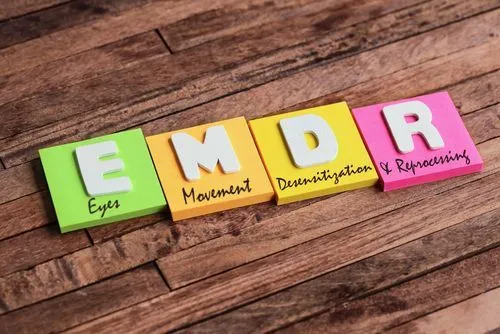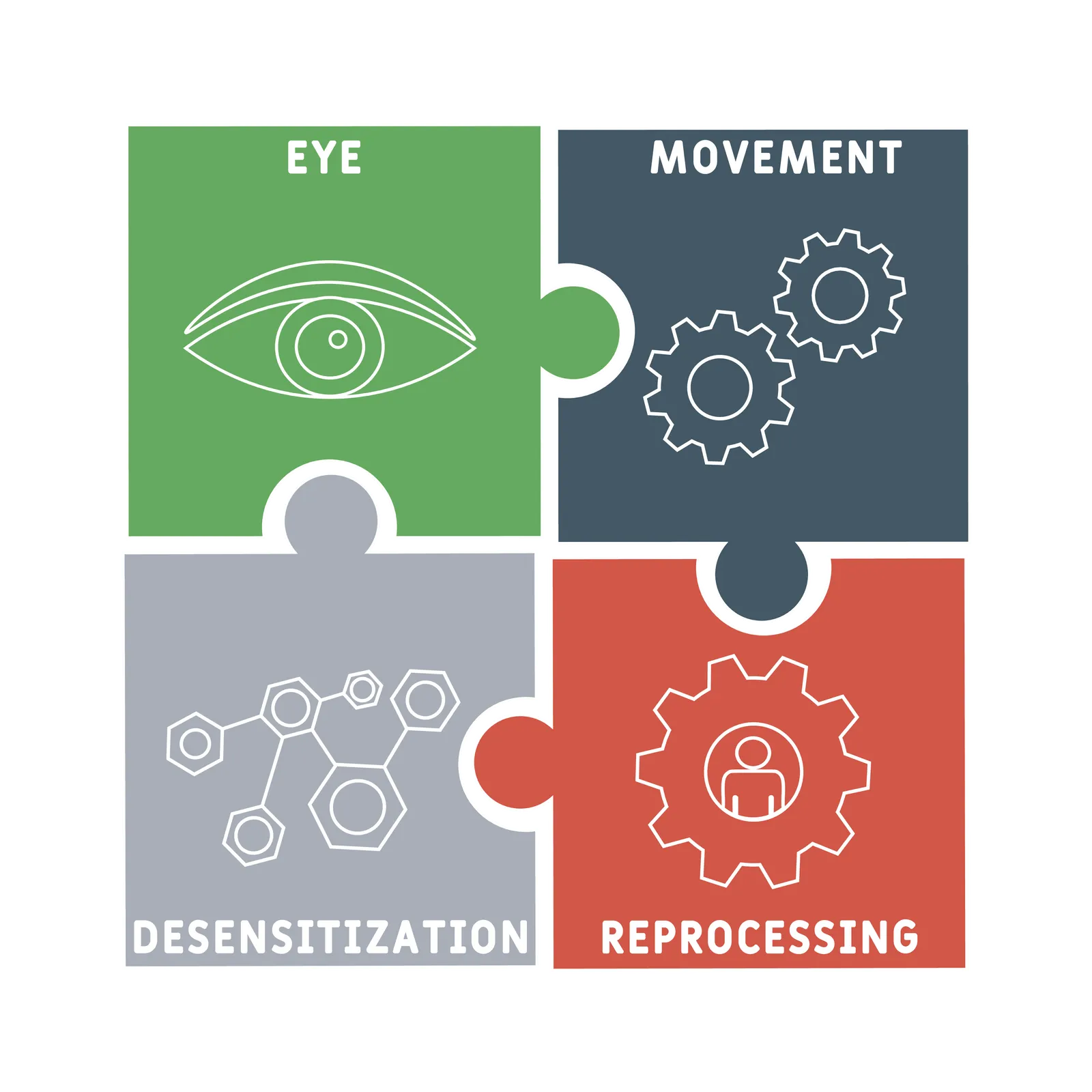Eye Movement Desensitization & Reprocessing (EMDR)
Healing from the Inside Out
Innova Recovery Center provides highly effective EMDR trauma therapy to treat those living with PTSD, depression, anxiety and other mental health disorders.

What is EMDR?
EMDR, (or Eye Movement Desensitization & Reprocessing) is a type of psychotherapy used to treat anxiety and traumatic stress. Unlike most of its predecessors, EMDR is a non-talk therapy, in which clients do not have to go into details of traumatic events which often contribute to nightmares, triggers or flashbacks. The trauma treatment was developed in 1988 by Francine Shapiro and is now labeled by the APA as an evidence-based treatment for PTSD and trauma.
How EMDR Works
The brain has many parts, all of which play a different role in the way one processes the events of life. The main players during a traumatic event involve the amygdala and the frontal lobe. EMDRʼs primary focus is on targeting and engaging these two parts for effective trauma treatment.
In a typical treatment session, a therapist will use finger movement, an EMDR light bar, toe-tapping or musical tones to distract the clientʼs frontal lobe, or the area responsible for thinking, reasoning and logic. At the same time, the therapist will ask the client to recall the disturbing event. This process opens up the amygdala – the emotional center of the brain responsible for processing fight, flight or freeze reactions – and allows the client to be in a safe place to work through their trauma. Throughout the session, the therapist will gently guide the client to shift their thoughts to more pleasant ones.

EMDR Process
8 Phases of EMDR Trauma Therapy
A typical EMDR session has 8 phases, with phases 3 – 8 being the actual EMDR session in action.

1. Evaluation
Determining symptoms, diagnosis and appropriate treatment.
2. Preparation
Teaching coping skills to help the patient stay grounded between sessions.
3. Assessment
The memory for processing is selected.
4. Desensitizing
The patient identifies the image related to the memory, the negative belief about self, related emotions and body sensations, and the positive belief they want to have in the now. The provider utilizes 0-10 scaling questions to determine the level of disturbance.
5. Installation
The target memory is linked with the positive belief.
6. Body scan
The patient scans through their body for any tension or tightness.
7. Closure
The session is complete and the patient is no longer experiencing painful memories or distressing emotions.
8. Re-evaluation
The next session is reevaluating where the patient is in regards to the last session.
How it Works
Contact us to start your journey toward healing
Reach Out
We know calling can be hard so feel free to click the “Text Us” button on the bottom right-hand side of your screen.


Personalized Match
Our Coordinators will provide personalized advice and guidance to help you explore options and decide on the best track.


Start Therapy
We can check your insurance benefits to make sure you know what to expect before you start seeing your therapist, with no surprises.
We’re here to help you get the care you need. Take our quiz to understand your trauma.
Our free trauma quiz will help you identify areas of concern that can be addressed in therapy.
Frequently Asked Questions
EMDR is not like other therapies. Call or text us today to learn how you could benefit from EMDR
How Is EMDR Different From Other Trauma Treatment Therapies?

I haven’t had trauma. Can I still benefit from EMDR?

Can EMDR be used to improve performance?








